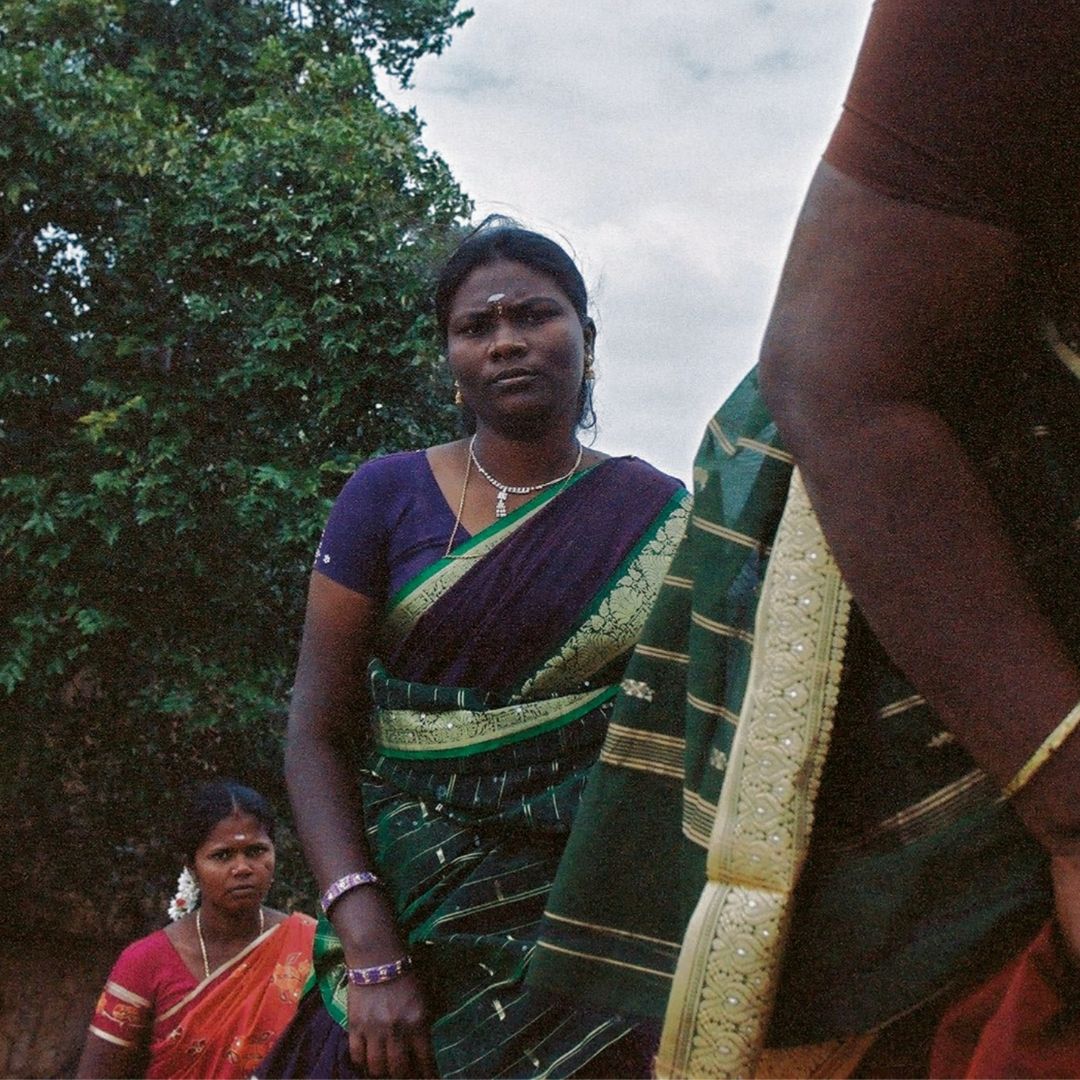
Photo Credit: Unsplash
NFHS-5 Data Shows Varying Usage Of Period Products In Different States
Writer: Shweta Singh
She is a Journalism graduate from Delhi University, She has previously worked as a voice over artist for various cuisines and clothing brands. She is specialised in content writing, hosting anchoring and voice over.
India, 30 Nov 2021 9:04 AM GMT | Updated 30 Nov 2021 9:12 AM GMT
Editor : Snehadri Sarkar |
While he is a massive sports fanatic, his interest also lies in mainstream news and nitpicking trending and less talked about everyday issues.
Creatives : Snehadri Sarkar
While he is a massive sports fanatic, his interest also lies in mainstream news and nitpicking trending and less talked about everyday issues.
The Indian government had launched various schemes to empower girls and women in society to mitigate these and similar problems. For example, the 'Beti Bachao, Beti Padao' scheme reduced the dropout rates of girl students.
Gender disparity has hollowed out the social structure of Indian society. India has relegated from 108th to 112th position in The World Economic Forum's Global Gender Gap Index in 2020. It's high time to take immediate measures to counter gender disparity and promote women empowerment. In a recent finding, The International Institute of Population Sciences, Mumbai, released major findings from the fifth National Family Health Survey, including multiple indicators for women empowerment.
One such indicator is the proportion of women aged 15-24 years who use menstruation-related products- locally prepared napkins, sanitary napkins, tampons and menstrual cups during their menstrual periods. Mensuration is still a taboo in most Indian states, owing to which women suffer from poor health, including reproductive and urinary tract infections.
According to the reports of The Wire, the percentage of women aged 15-24 years using period products in India's states. Seventeen states and Union Territories (UTs) had 90% or more of their women using period products; in Puducherry and the Andaman and Nicobar Islands, the fraction was 99%. In contrast, seven states and UTs – Tripura, Chhattisgarh, Assam, Gujarat, Meghalaya, Madhya Pradesh and Bihar – had 70% or fewer of their women using period products. Bihar was the only state to report a figure lower than 60%.
Bihar, Odisha, MP & Many Other States Showed Increase
Eight states Bihar, Odisha, Madhya Pradesh, Tripura, Uttar Pradesh, Rajasthan, West Bengal and Jharkhand, reported an increase in the usage of menstrual products from NFHS-4 to NFHS-5. Bihar reported an impressive 90% growth, followed by Odisha 72% and Madhya Pradesh 61%. In contrast, the percentage decreased in Mizoram from 93.4% to 89.4%. Gujrat and Meghalaya are only two states with 65% of women using periods.
Interestingly, Madhya Pradesh and Meghalaya are two of the three states with the lowest period-product use across India. The state with the lowest usage, Bihar, is not far down the list and reported around 20% between rural and urban areas. All UTs except Chandigarh show a different trend. Period-product use in the UTs was higher in rural areas than in urban areas, although the difference was minimal (0-5%).
Taboos And Stigma Around Menstruation Does More Harm
A study shows that 52% of girls were unaware of menstruation before attaining menarche, given the misconceptions and taboo around the issue stills prevails at high levels leading to a large number of girls dropping out of schools, ignorance about menstrual health, shying away from visiting pharmaceutical to buy period products. These factors have thereby increased the gaps in the usage of period products between rural and urban areas.
Steps Taken By State Govt To Mitigate The Concerns
The Indian government launched various schemes to empower girls and women in society to mitigate these and similar problems. For example, the 'Beti Bachao, Beti Padao' scheme reduced the dropout rates of girl students. The 'Swachh Bharat Swachh Vidyalaya' scheme helped improve WASH (water, sanitation and hygiene) facilities. Meanwhile, the 'Menstrual Hygiene Management (MHM) scheme helped increase awareness and improved accessibility to menstrual pads.
Also Read: Over 4 Crore Workers register on E-Shram Portal in 2 months, 50% Women Beneficiaries
 All section
All section













